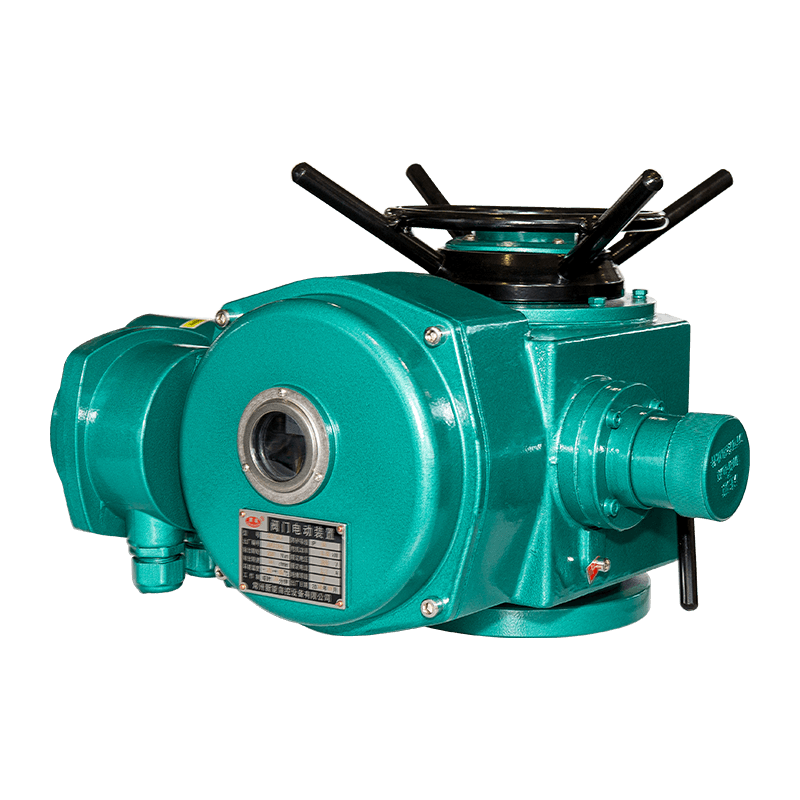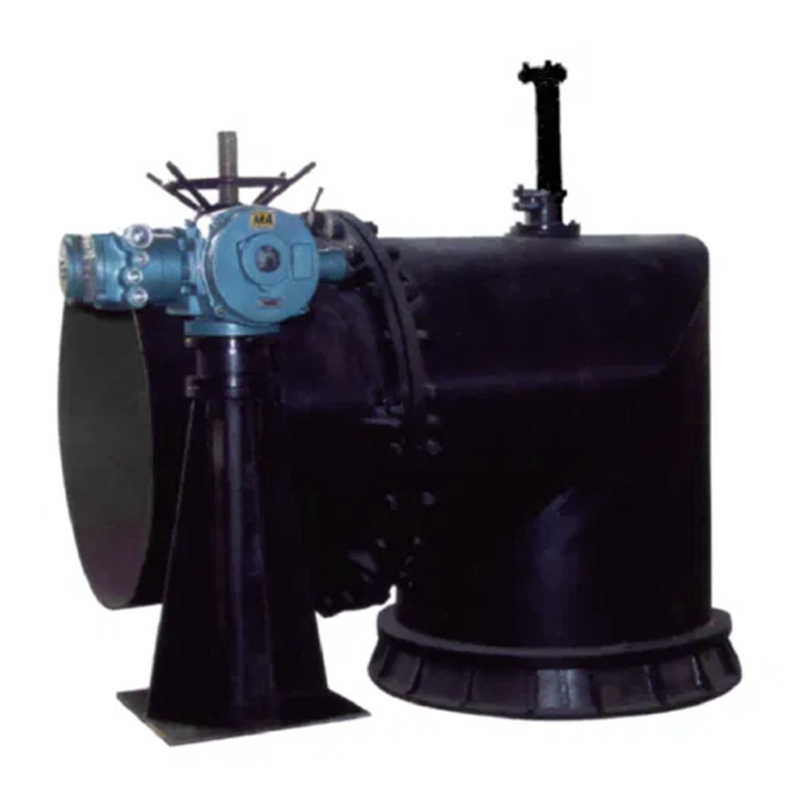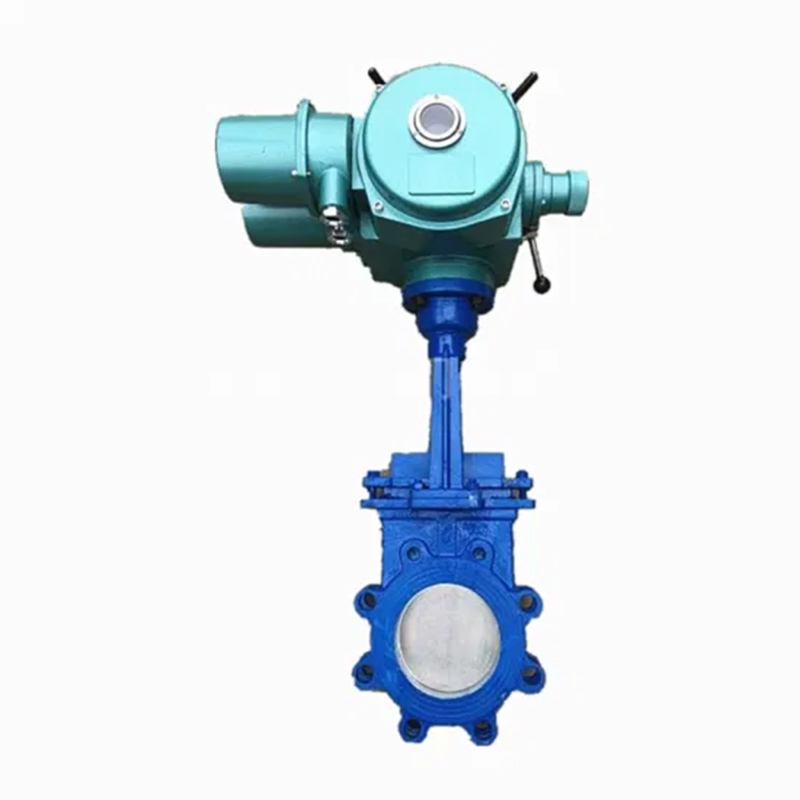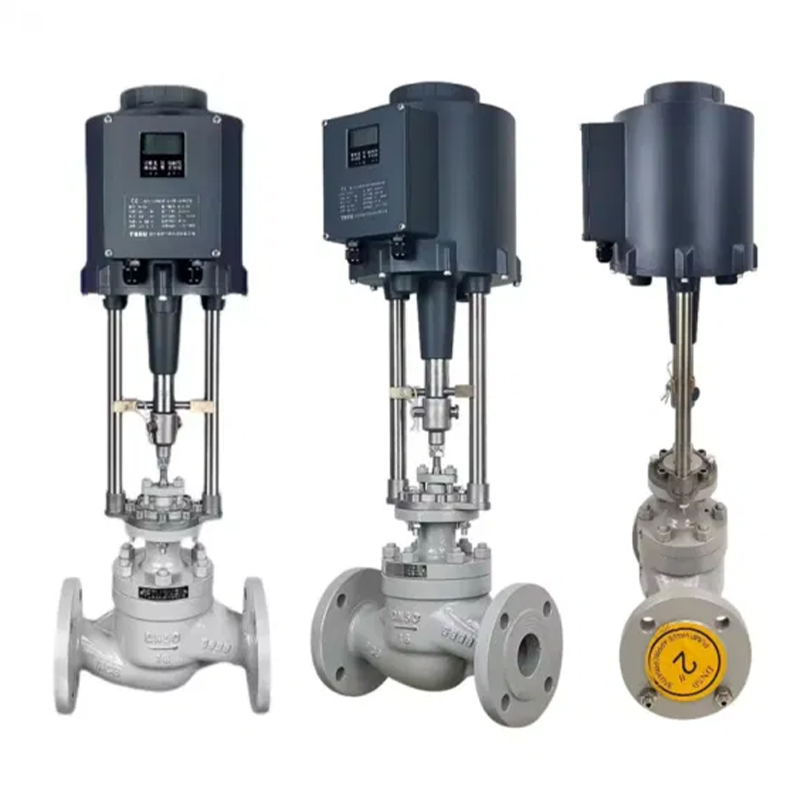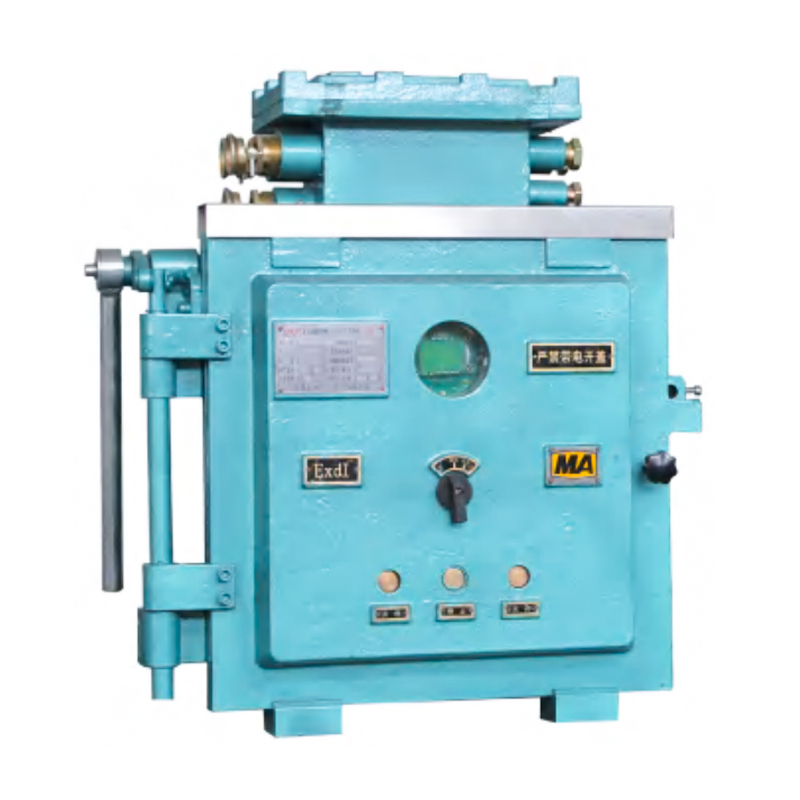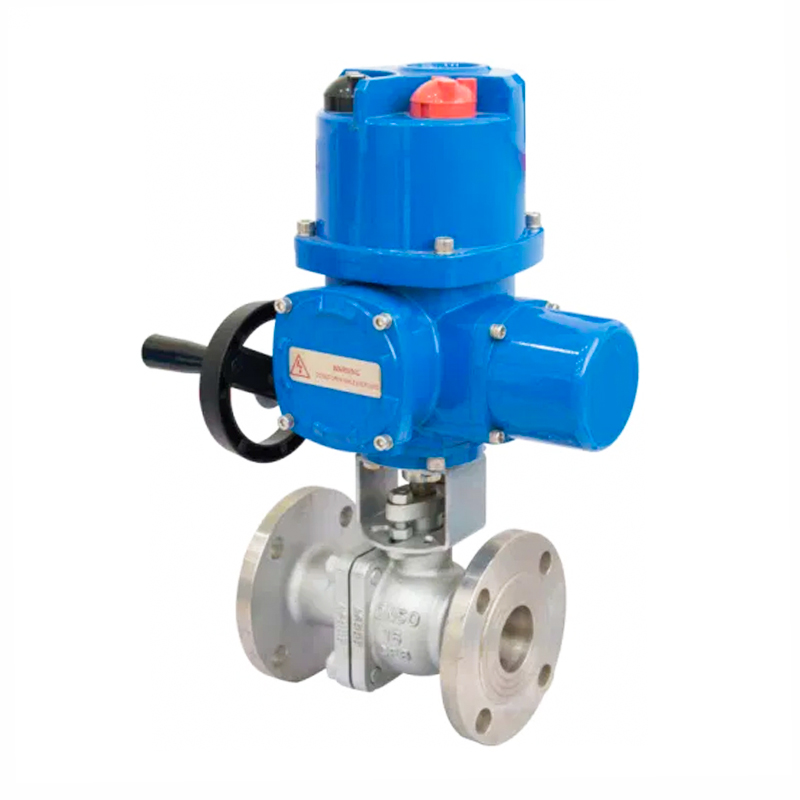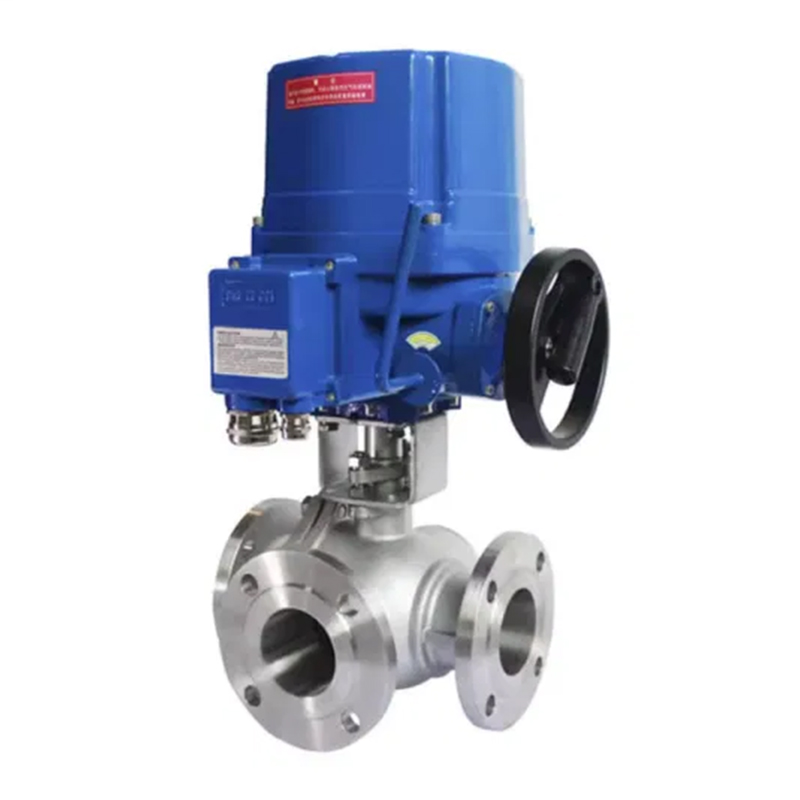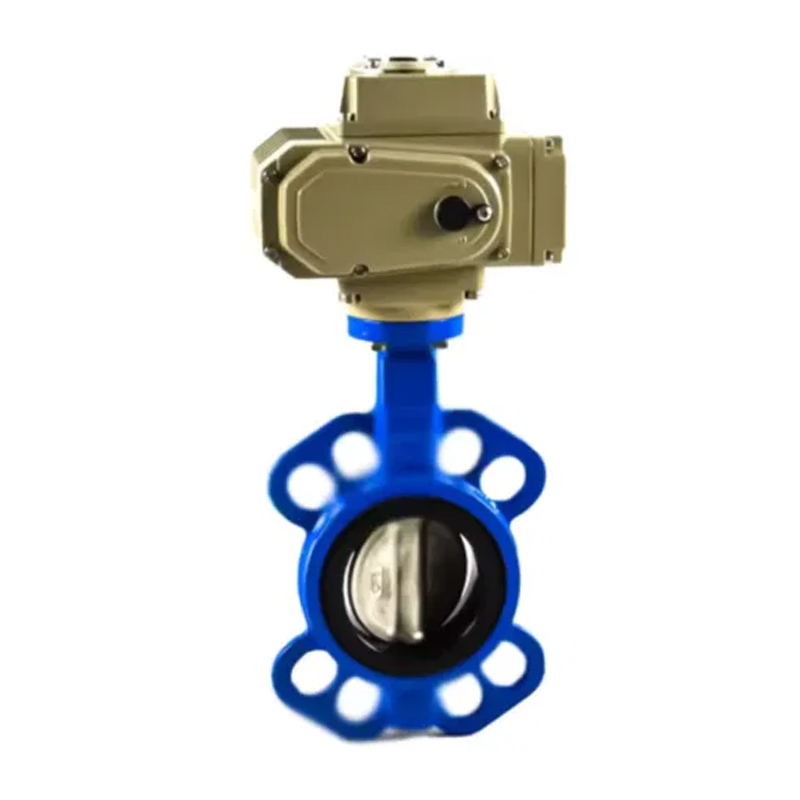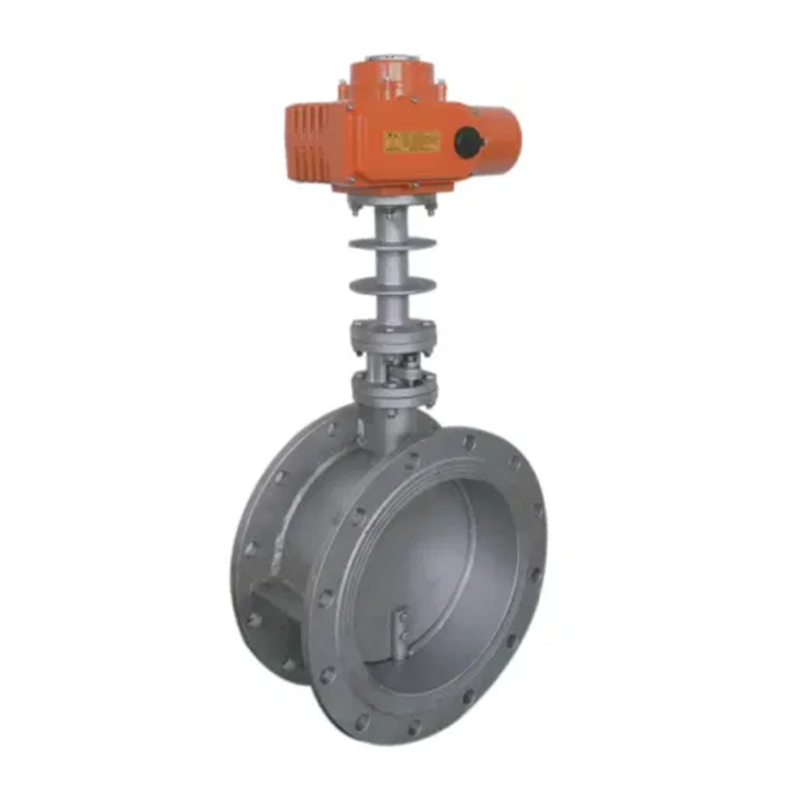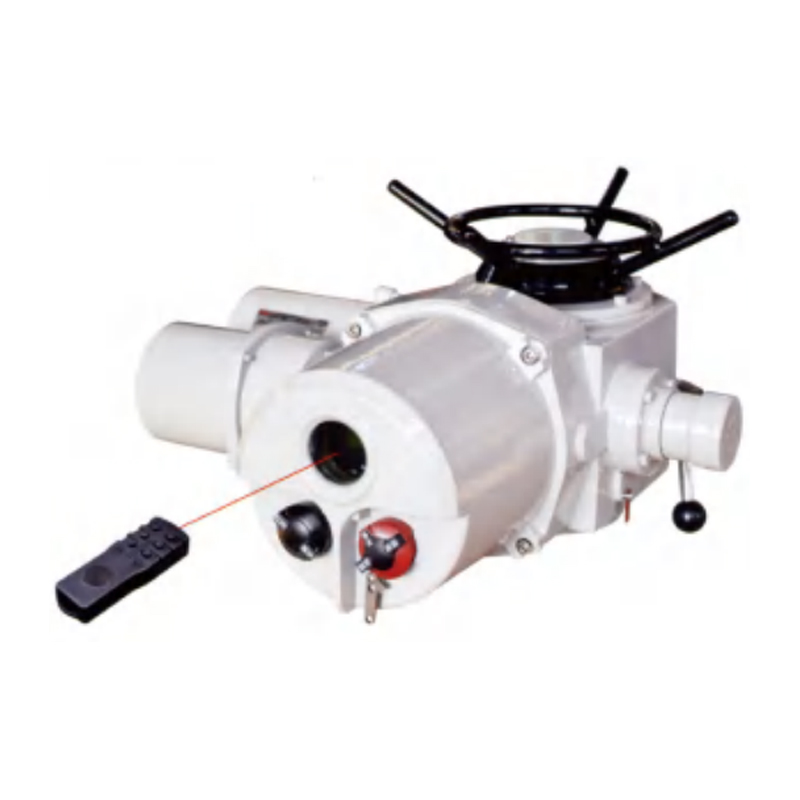0086 15335008985
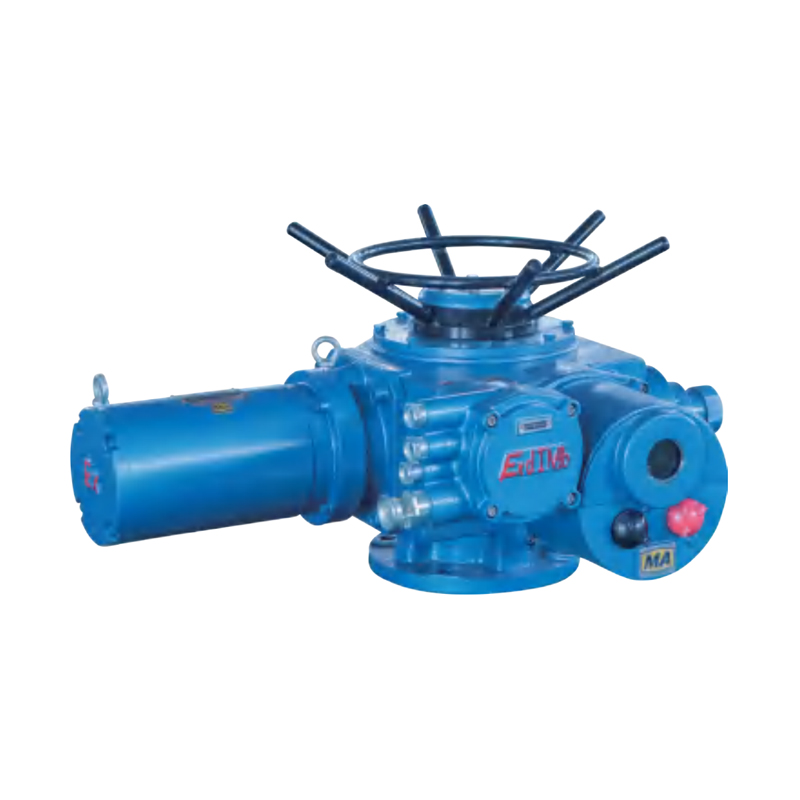
How Do You Select the Right Electric Actuator for Different Valve Types in a Mine?
The modern mining operation is a complex symphony of heavy machinery, precise processes, and stringent safety protocols. At the heart of many critical systems—from slurry transport and ventilation control to water management and fire suppression—lies the crucial interplay between valves and the devices that control them: actuators. Selecting the right coal mine electric actuator is not a matter of simple procurement; it is a fundamental engineering decision that directly impacts operational efficiency, safety compliance, and total cost of ownership. The wrong choice can lead to catastrophic failure, while the right one ensures reliability in the most demanding conditions on Earth.
Understanding the Core Operating Environment
Before delving into valve types, it is imperative to fully appreciate the extreme environment in which a coal mine electric actuator must perform. This context dictates every subsequent specification.
The underground mine atmosphere is notoriously hostile. It is characterized by pervasive coal dust and potentially explosive atmospheres, which necessitate the highest standards of explosion-proof certification. Equipment must be designed to contain any internal spark or explosion, preventing it from igniting the surrounding atmosphere. Furthermore, high levels of humidity and the potential for water immersion demand exceptionally high ingress protection (IP) ratings, typically IP67 or IP68, to prevent moisture from damaging sensitive internal electronics and gearing.
Vibration and shock from nearby machinery and geological activity are constant factors. An actuator must be robustly constructed to withstand these forces without its internal components becoming misaligned or damaged. Physically, space is often severely limited in mine shafts and tunnels, making the actuator’s dimensions and mounting configuration a critical concern. Finally, the actuator will need to integrate seamlessly with the mine’s existing control systems, whether it’s a simple local push-button station or a complex distributed control system (DCS) using industry-standard protocols. This combination of factors makes the selection of a coal mine electric actuator a unique and specialized field.
Key Selection Criteria for a Coal Mine Electric Actuator
The selection process is built upon a foundation of several non-negotiable technical and environmental criteria. These factors form the checklist against which all potential coal mine electric actuator options must be evaluated.
Explosion-Proof Certification: This is the single most critical safety requirement. Actuators must carry certifications from recognized bodies such as ATEX, IECEx, or MSHA for use in specific hazardous zones (e.g., Zone 1 or Zone 21). The certification mark on the device confirms it has been tested and approved to operate safely in an atmosphere with combustible dust or gas. Never install an uncertified actuator in a potentially explosive area of a mine.
Ingress Protection (IP) Rating: This rating, defined by the IEC 60529 standard, indicates the level of protection against solid objects and liquids. A coal mine electric actuator should typically have a minimum rating of IP67, which guarantees protection against dust ingress and immersion in water up to 1 meter for 30 minutes. For applications where valves may be submerged or subject to high-pressure wash-downs, an IP68 rating is mandatory.
Torque Output: The actuator must generate enough rotational force (torque) to operate the valve under all possible conditions, including the maximum breakaway torque required to open a valve that has been seated under pressure and the running torque needed to keep it moving. Selecting an actuator with insufficient torque is a primary cause of failure. It is standard practice to select an actuator with a torque output that exceeds the valve’s required torque by a safe margin.
Duty Cycle and Voltage: The duty cycle refers to the frequency of operation. Some valves are operated infrequently (isolation valves), while others modulate constantly (control valves). The actuator must be rated for its expected operational frequency. Similarly, the available electrical supply voltage in the mine (e.g., 24V DC, 110V AC, 240V AC, 480V AC) must match the actuator’s design voltage to ensure proper function and avoid damage.
Control and Feedback Options: Modern coal mine electric actuator units offer a range of control options. Basic models may offer simple open/close functionality, while advanced models provide proportional modulating control for precise flow regulation. Integrated potentiometers or encoders provide vital position feedback to the control room, confirming the valve’s real-time status. This data is essential for automated process control and safety monitoring.
Matching the Actuator to the Valve Type
The heart of the selection process is the marriage between the actuator’s performance characteristics and the specific requirements of the valve it will operate. Different valve types present unique challenges and demands.
Ball Valves: Quarter-Turn Operation
Ball valves are ubiquitous in mining for on/off and diverting service in slurry, water, and air lines. Their operation is a simple 90-degree (quarter-turn) rotation.
Actuator Requirements: For a coal mine electric actuator on a ball valve, torque is the paramount consideration. The actuator must overcome the seal friction and any pressure differential across the ball. Breakaway torque is especially critical for valves that may have been stationary for extended periods. The actuator must provide a crisp 90-degree rotation and hold firmly in position at the end of each travel. A compact design is often beneficial due to space constraints around these common valves. For standard on/off service, a simple two-wire control for open/close commands is often sufficient, though position feedback is highly recommended for remote status indication.
Butterfly Valques: Low-Torque, Large Diameter
Butterfly valves are favored for their compact, lightweight design relative to their large pipe diameter, making them ideal for high-volume flow applications like ventilation control, main water lines, and slurry transport.
Actuator Requirements: While butterfly valves generally require less operating torque than same-size ball valves, the large diameters common in mining can still demand significant force. The actuator must be sized correctly to handle this torque without being oversized, which wastes energy and space. A key challenge is the valve’s disc, which, depending on its position in the flow, can be subject to hydrodynamic forces. A coal mine electric actuator must be robust enough to hold the disc securely in a modulated position against these forces. Precise modulating control is a common requirement for butterfly valves in ventilation systems, where airflow must be carefully managed.
Gate Valves: High-Thrust, Linear Motion
Gate valves are primarily used for isolation in on/off service where a tight seal is required. They are common on main water supply lines and other high-pressure applications. Unlike quarter-turn valves, they require a multi-turn linear output to raise and lower the gate.
Actuator Requirements: The fundamental requirement for operating a gate valve is thrust, or linear force, not rotational torque. A coal mine electric actuator must be coupled with a mechanism that converts its rotary output into a linear thrust. This is typically achieved through a threaded stem nut. The actuator must generate enough thrust to overcome the static friction and seat the valve tightly without applying excessive force that could damage the valve stem or gate. The duty cycle is often low, as these valves are not designed for frequent operation. The ability to control the thrust output precisely is a mark of a high-quality actuator for this application.
Globe Valves: Precise Modulating Control
Globe valves are the valve of choice for applications requiring precise flow control and throttling, such as chemical feed systems or precise water injection points. Their design allows for fine adjustment of the plug position relative to the seat.
Actuator Requirements: The coal mine electric actuator for a globe valve must excel in precision and modulation. It needs to move the valve stem in small, precise increments and hold its position accurately against dynamic flow forces. High-resolution position feedback is non-negotiable for integration into a process control loop. The actuator must also provide sufficient thrust to overcome the system pressure working against the plug. The selection process involves matching the actuator’s thrust and control resolution to the specific control requirements of the process.
Knife Gate Valves: High-Thrust for Slurry and Solids
Knife gate valves are specifically designed to handle thick slurries, sludges, and materials with suspended solids, which are endemic to coal processing and tailings management.
Actuator Requirements: The primary demand on the actuator is extremely high thrust output. The actuator must provide the force needed to drive the sharpened gate through viscous, abrasive, and often packed-solid media to achieve a shut-off. The environment is one of the most abrasive, so the actuator, while not in the direct flow path, must be protected from the pervasive dust and spillage. Durability and high-thrust capability are the absolute priorities for this application, often outweighing the need for sophisticated control.
Table: Summary of Actuator Requirements by Valve Type
| Valve Type | Primary Motion | Key Actuator Requirement | Common Mine Applications |
|---|---|---|---|
| Ball Valve | Quarter-Turn (90°) | High Breakaway Torque | On/Off control for water, air, slurry lines |
| Butterfly Valve | Quarter-Turn (90°) | Modulating Control, Moderate Torque | Ventilation dampers, large water lines |
| Gate Valve | Multi-Turn Linear | High Thrust Output | Main water isolation, high-pressure lines |
| Globe Valve | Multi-Turn Linear | Precise Modulating Control & Thrust | Chemical feed, precise water injection |
| Knife Gate Valve | Linear | Very High Thrust Output | Tailings, thick slurry lines, bulk solids |




 русский
русский Español
Español
